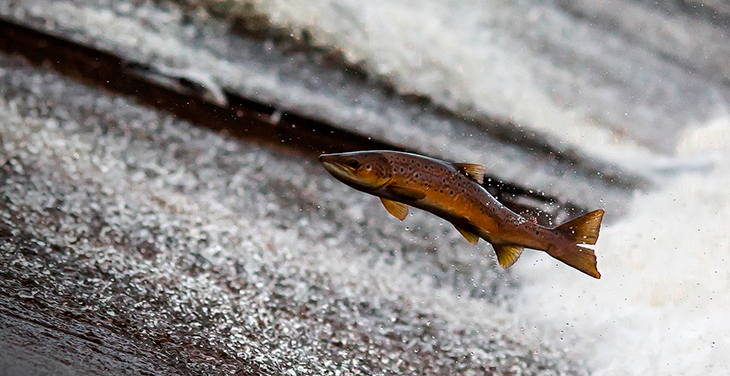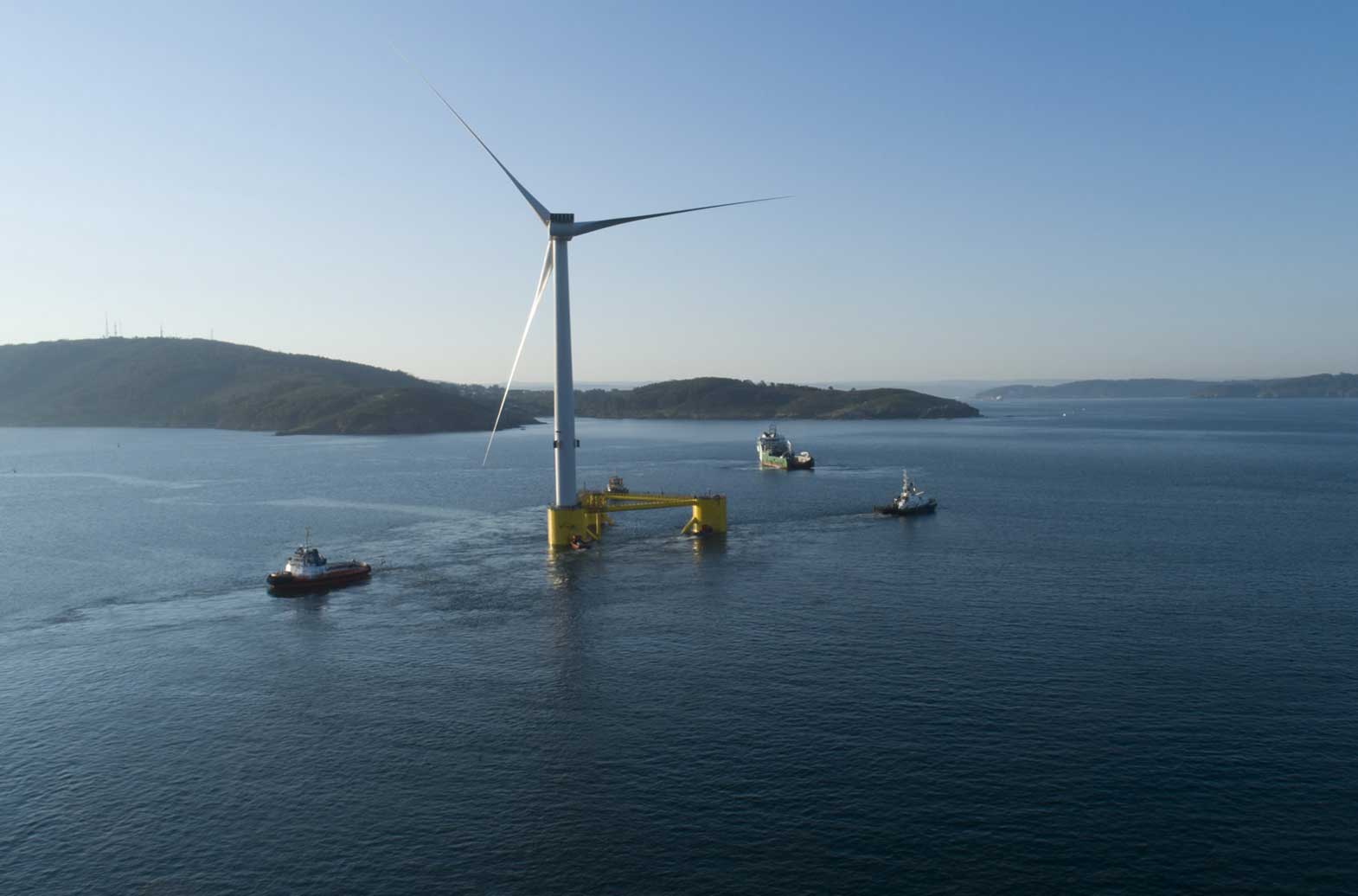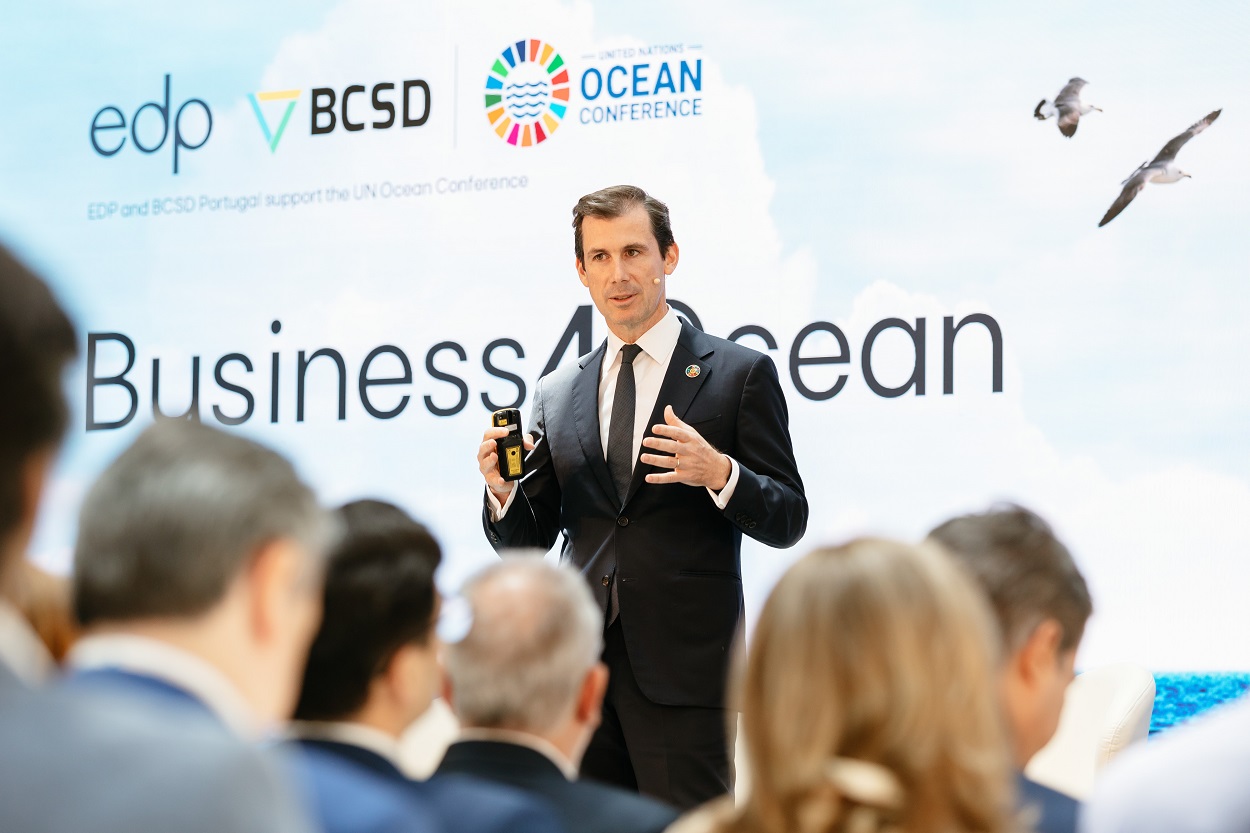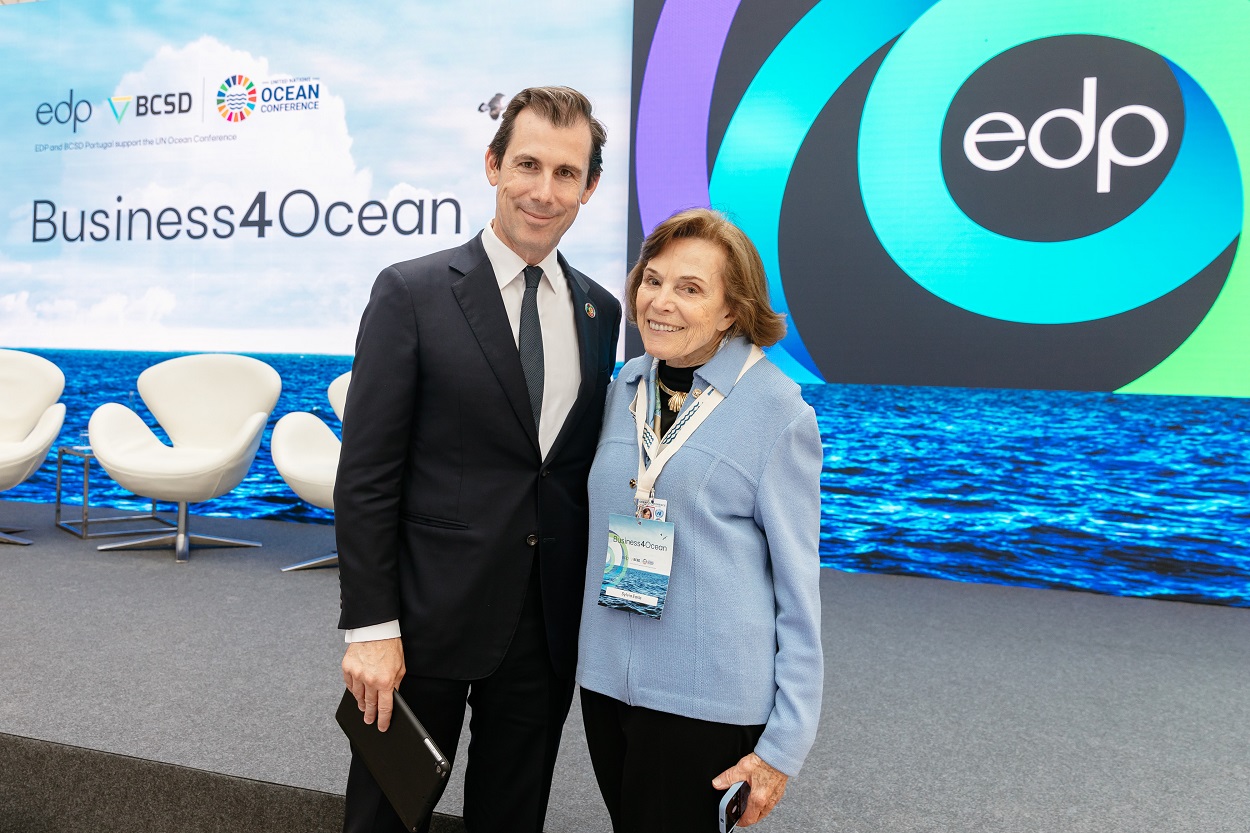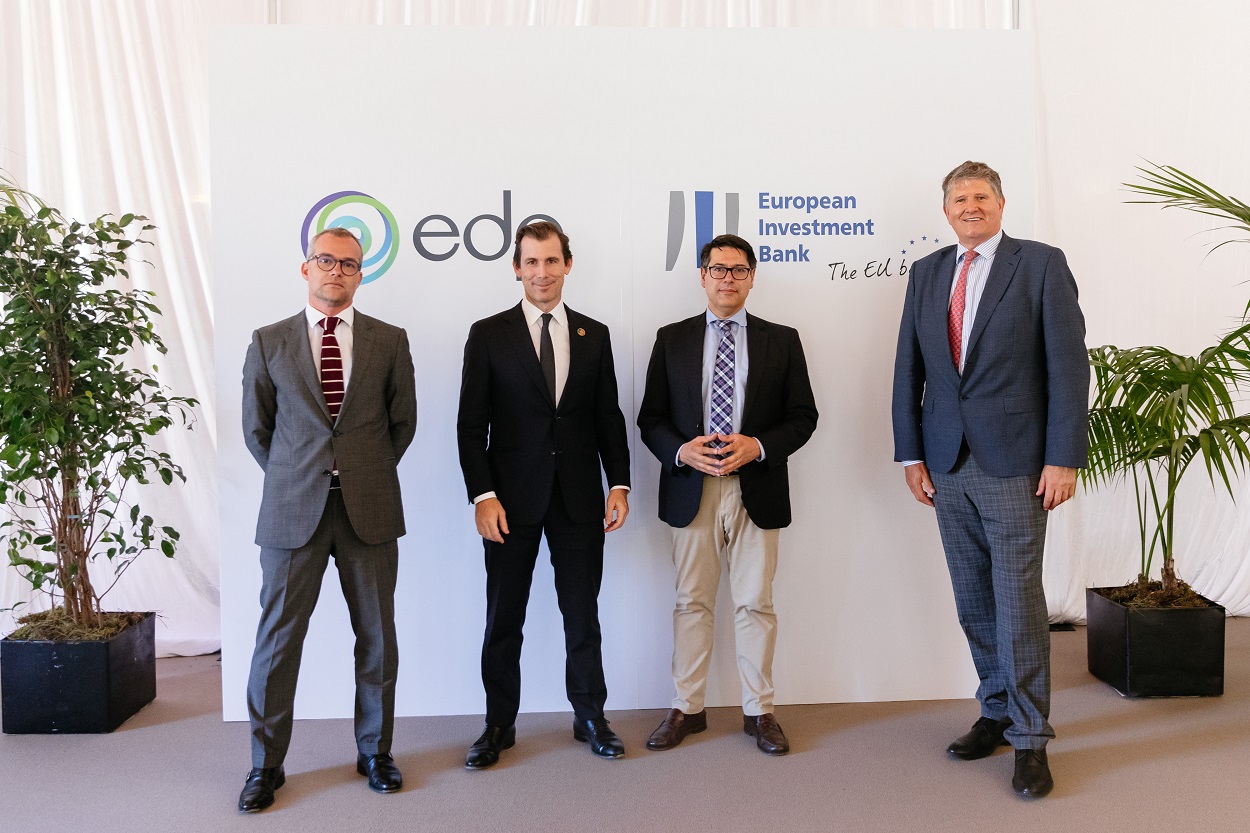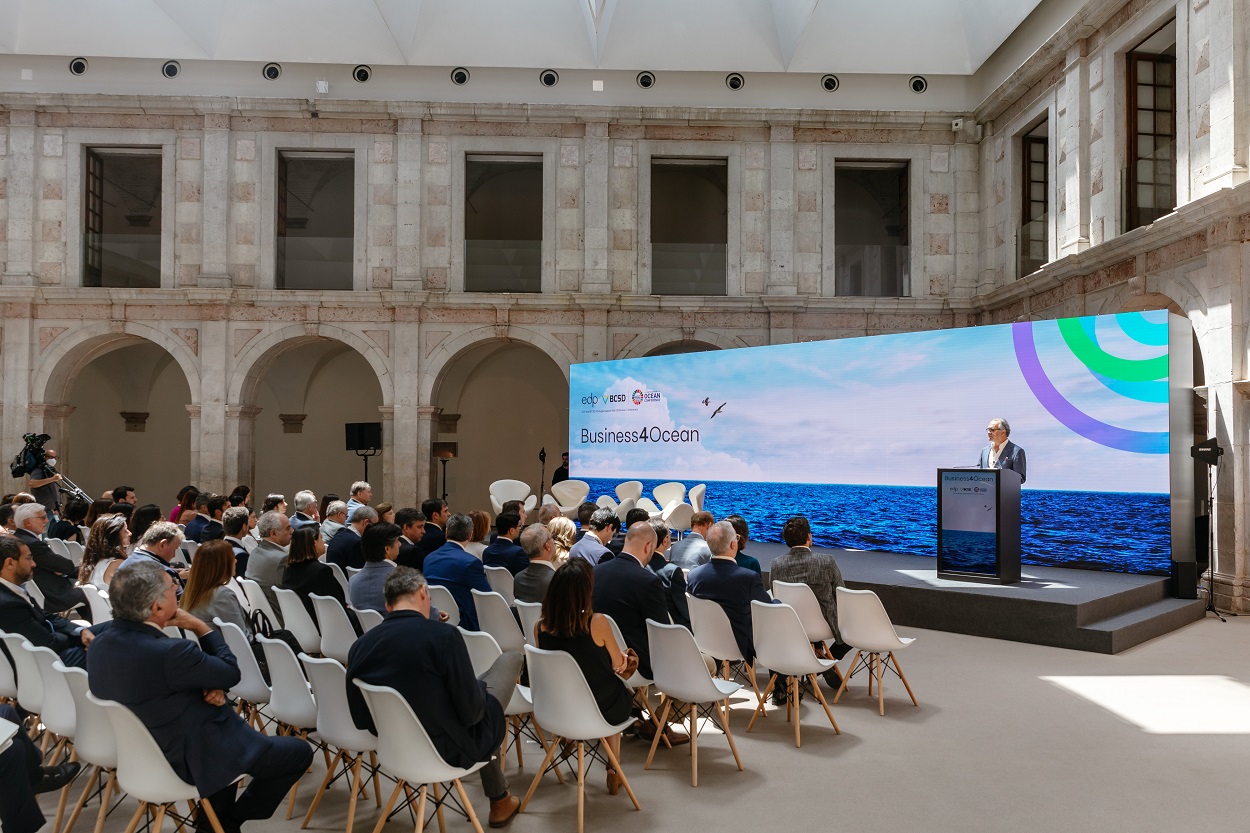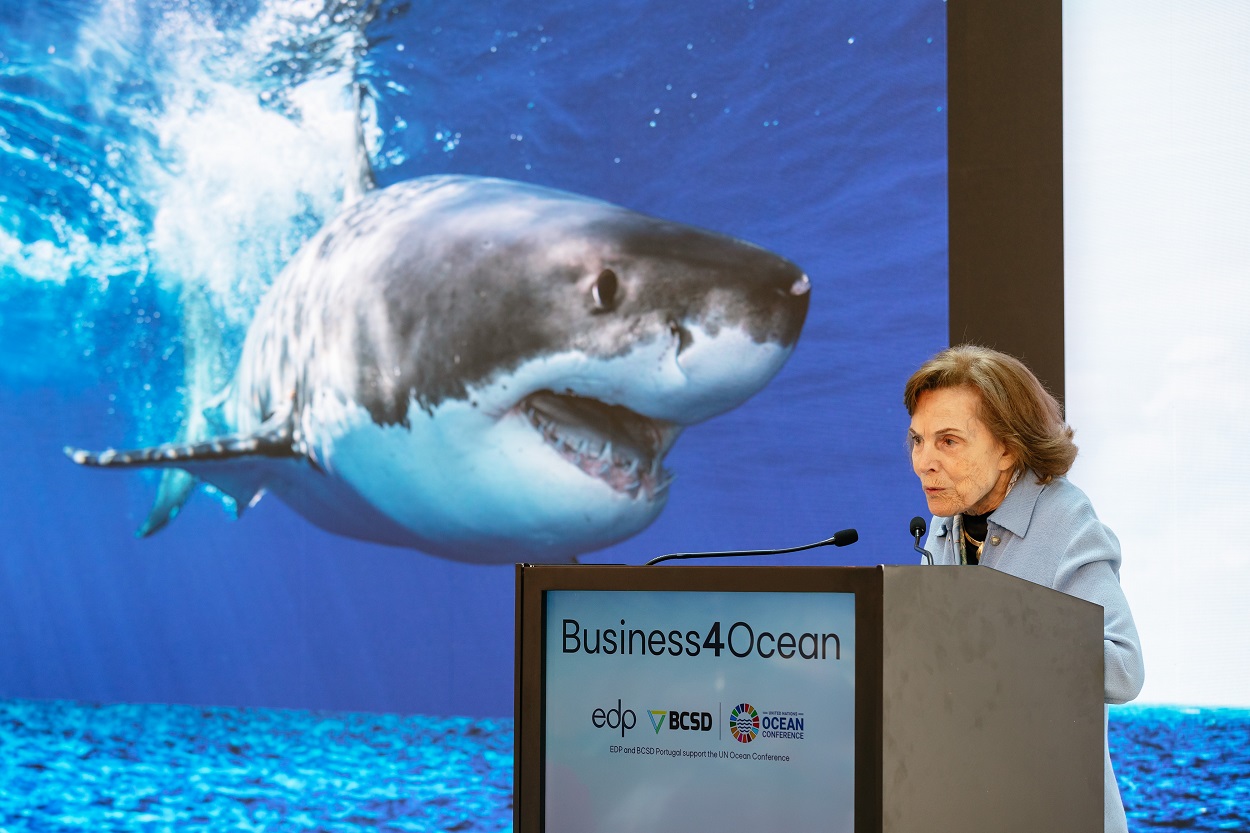Interview with Bautista Rodriguez
The oceans cover 70% of the Earth's surface and harbor about 80% of all life in the world, making them the largest biosphere of the planet.
They generate 50% of the oxygen that we need, absorb 25% of all carbon dioxide emissions and capture 90% of the additional heat caused by these emissions. Actually, not only are they the "lung of the planet", but they are also the biggest carbon eliminator, a crucial buffer of the impacts of climate change.
Between 27 June and 1 July, Lisbon hosted the second edition of the United Nations Ocean Conference, in which EDP is participating actively, among other things by announcing its plan to invest 1.5 million Euro in maritime renewable projects until 2025.
To discuss how the strategy of the EDP offshore group is proof that an ocean can be managed in a sustainable manner through innovation and integrated
technology in its ecosystem, we have talked with Bautista Rodriguez, EDPR Chief Technical Director and Ocean Winds CEO.
Under the motto "Save our Ocean, Protect our Future", this conference calls for action, by trying to motivate the leaders of the UN's 193 countries to create alliances and up investment in scientific and innovative themes to reverse the deterioration of its health. In what way can offshore wind energy support ocean sustainability?
From the start, offshore wind energy incorporated engineering technology, design technology, that was developed in the oil & gas sector, and it also incorporated the whole philosophy, culture, approach that had been used in renewable development on land.
For this reason, I believe it's a sector of activity where, from the start, sustainability, minimizing the ecological impact or even favoring the development
of maritime biodiversity had a prevailing role. In every innovation and in all the processes we are part of, this sort of continuous improvement of offshore wind compatibility with maritime biodiversity is constantly being refined.
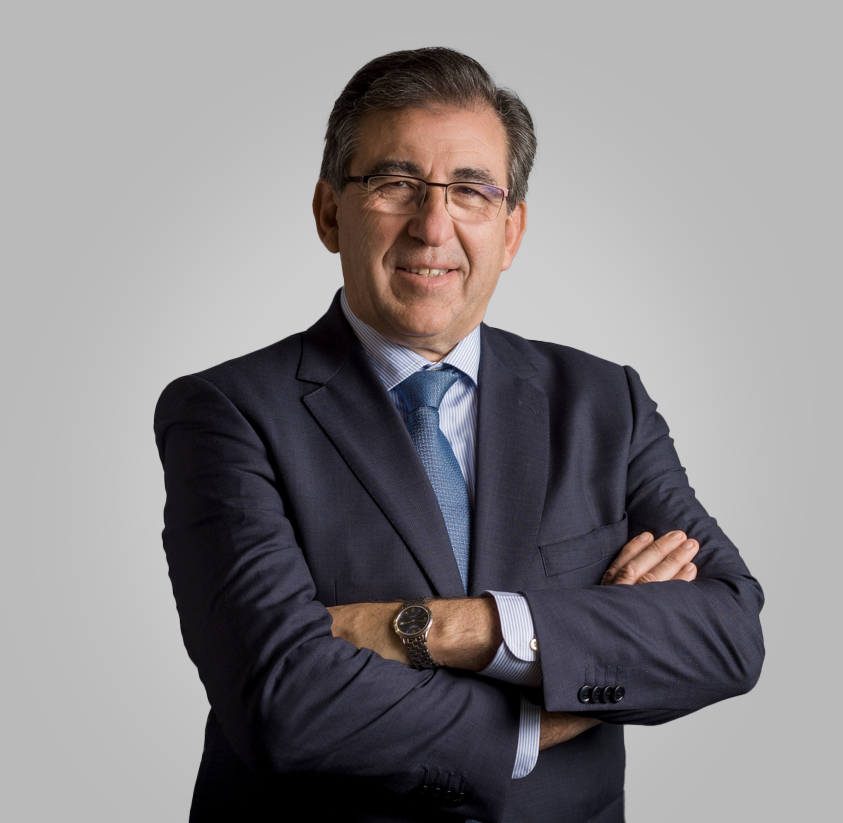
Offshore is installed in areas where there are no inhabitants, no localities, but where there are many communities working. we have to ensure that there is compatibility.
Bautista Rodriguez, Chief Technical Director of EDPR and CEO of Ocean Winds.
How can we develop offshore projects in coordination with the local communities that depend on the ocean?
The offshore system is installed in zones where no-one lives, where there are no towns, but where many communities are working. I'm talking about fishermen, maritime transport, even other kinds of uses of the maritime richness. Therefore, we must ensure there is compatibility, meaning it must also be advantageous for these communities. In the case of the fishermen, the local ports, we need a series of services, that start on the coast, with greater proximity, which are extremely valuable to these communities, that are the natural suppliers of the services the parks in the sea are in need of.
What about the advances of this technology? Can we keep exploring oceans with offshore wind and contribute to EDP's aim of being 100% green by 2030?
Of course we can. The general potential of the sea is huge as far as the growth of offshore wind is concerned.
Actually, there may be economic limitations, ensuring that the product doesn't become more expensive if we retreat and things like that. But there is no doubt it's one of the factors, one of the key points, in this case, for EDP, for complying with the 2025 aims, which already has a contribution, or even future growth. Because onshore renewables are starting to lack available space for mining, while offshore has a much bigger specter of growth.
The need to keep developing offshore wind and making it available in countries with a deeper platform has contributed to the development of floating technology. Ocean Winds is the leader of floating offshore wind. Is it a fast-growing technology, even for other companies?
Definitely. In the last few years, it has become generalized, all the major offshore players are incorporating and participating in land bids and in offshore wind opportunities. This is because, as we were saying earlier, the ocean, or the seas, in general, offer almost unlimited possibilities, but the more traditional offshore, the one that was anchored at the bottom of the sea, has a natural limitation of economic viability of about 60 meters' depth. So, this opens up a wide range of zones to set up the parks, but many regions of the world, many countries, due to the features of the sea bed, don't allow this. Floating offshore solves this need completely. This technique was first used by EDP and now by Ocean Winds. They were pioneers in its development. It might even be one of the differential advantages we have when we want to enter this segment, which in a few years will undoubtedly start to match and surpass the installed capacity of conventional wind energy fixed on the sea bottom.
Ocean Winds has specific growth aims. What do we need to support renewable offshore wind worldwide?
Generally speaking, in order to develop the renewables, and perhaps what's most important, and do it in a short period of time, to respond to needs, because some events drive us to be more energy independent, while avoiding additional emissions into the atmosphere, of course, and these events happen. Also, they are almost always bound to the process of permitting and grid interconnection. Of course we need investment, knowledge, to understand the business... That must always be there. What is limiting the critical way and preventing a rapid development of the power that all countries claim to need... They state that a short-term objective is to get the permitting processes to be shorter, to be simplified.
This doesn't mean we have to be lighter, less rigorous, from a scientific and environmental point of view, but we must shorten the periods, in the same way that in many cases grid connectivity is the limiting factor, preventing development.
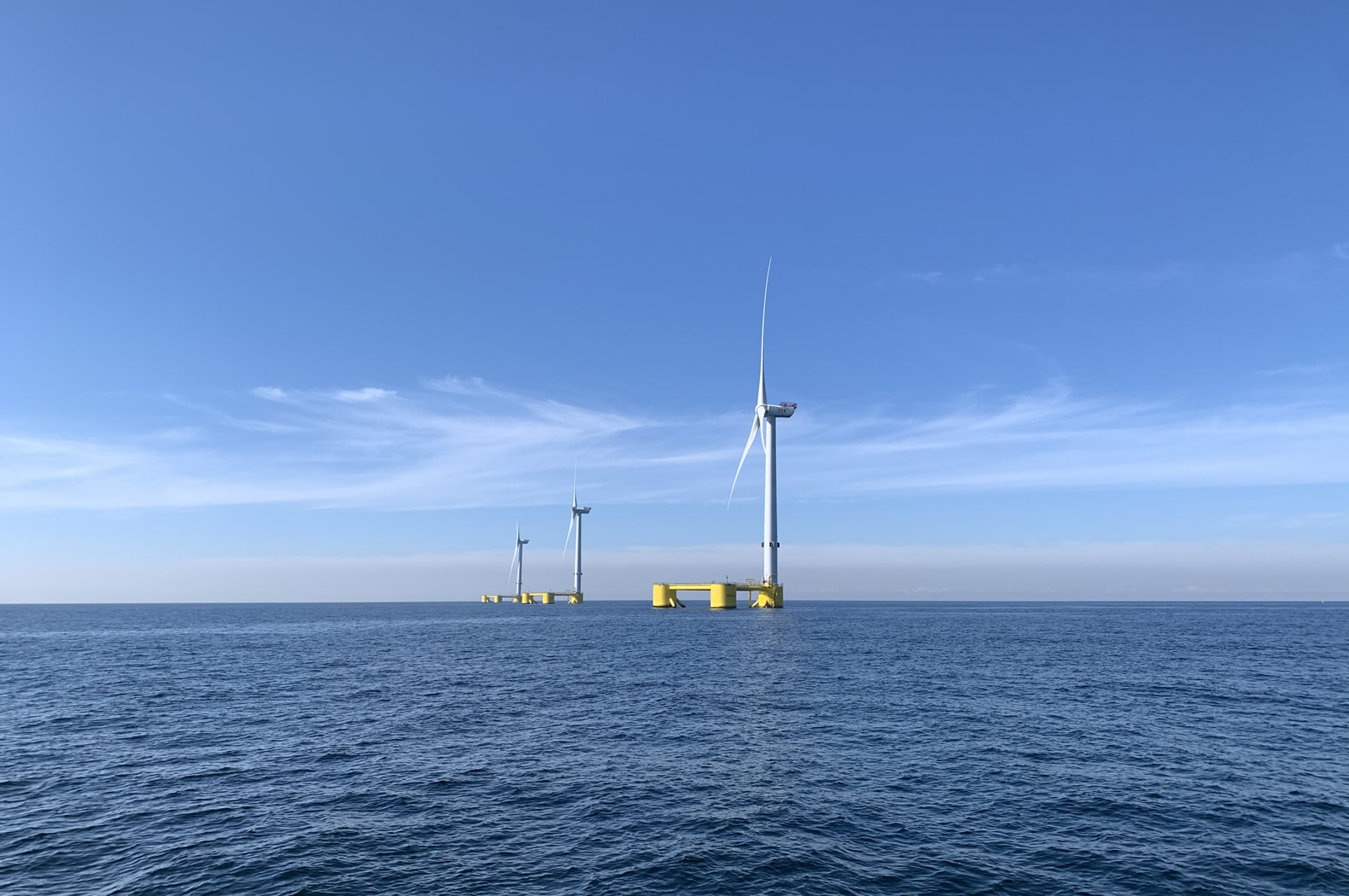
The more traditional offshore, the one fixed on the seabed, has a natural limitation of economic viability of about 60 meters deep. The floating offshore completely solves this need.
The International Energy Agency predicts that this source of energy could produce the equivalent to ten times Europe's consumption for 2040. Do you think the oceans have the definitive renewable energy source?
It depends on the countries and on the geographies. Both wind and photovoltaic renewables may be reaching levels of saturation and social acceptance which will make it hard to continue setting them up massively.
On the other hand, in the sea we have the definitive solution. We don't have an actual power limit that we can install, which makes it compatible with other activities in the sea. As a rule, countries organize their maritime planning, indicating in which zones we can or cannot install these parks and, without a doubt, the capacity and extent needed to cover any need are higher than the estimates of needs for many years. Of course this doesn't prevent other sources from being developed. But there are possibilities.
The EU indicates offshore wind as a key sector of the so-called "blue economy". In your opinion, which challenges and opportunities does this technology to lead a model of energy transition at sea?
The industry can use the experience of this having been developed on land and I think the approach has always been positive. I think that's the way. Technological innovation, types of turbines, more and more sophisticated installation systems, the floating system itself has much less impact on the sea bed and on mammals. The technology itself helps. A good planning of the maritime space, technical evolution and an appropriate regulatory framework are the ingredients that we need.
I'd just like to highlight the importance of this kind of event, like that happened in Lisbon, for bringing to the foreground everything related to the economy of the oceans and, in this case, the way renewable energies can be a fundamental element for ensuring this economy in a sustainable way for the environment and in a compatible way with the global conservation of the planet.
EDP at the UN Oceans Conference
EDP participated in the Oceans Conference, promoted by the UN, which took place from 27 June to 1 July in Lisbon, where it announced the investment of EUR 1.5 billion in renewable projects in the ocean until 2025, for the goal of adding wind capacity of Ocean Winds (OW) - the joint venture it holds 50/50 with Engie - strengthening leadership in energy transition through investment in offshore wind energy. It was in this sense that EDP, EDP Renováveis and Ocean Winds recently subscribed to the nine Principles for Sustainable Ocean, established by the UN Global Compact (a special initiative of the UN Secretary-General dedicated to mobilising corporate sustainability) and which offer a framework for sustainable business practice in all industries and regions.
EDP also organised a side event, entitled "Business4Ocean", which aimed to showcase business cases of sustainable use and protection of the oceans and engage participants in a multi-stakeholder dialogue on the main challenges to the further deployment of a sustainable blue economy. Participants will include representatives from business, the public sector, NGOs, academia and other stakeholders.
Find out more about our commitments